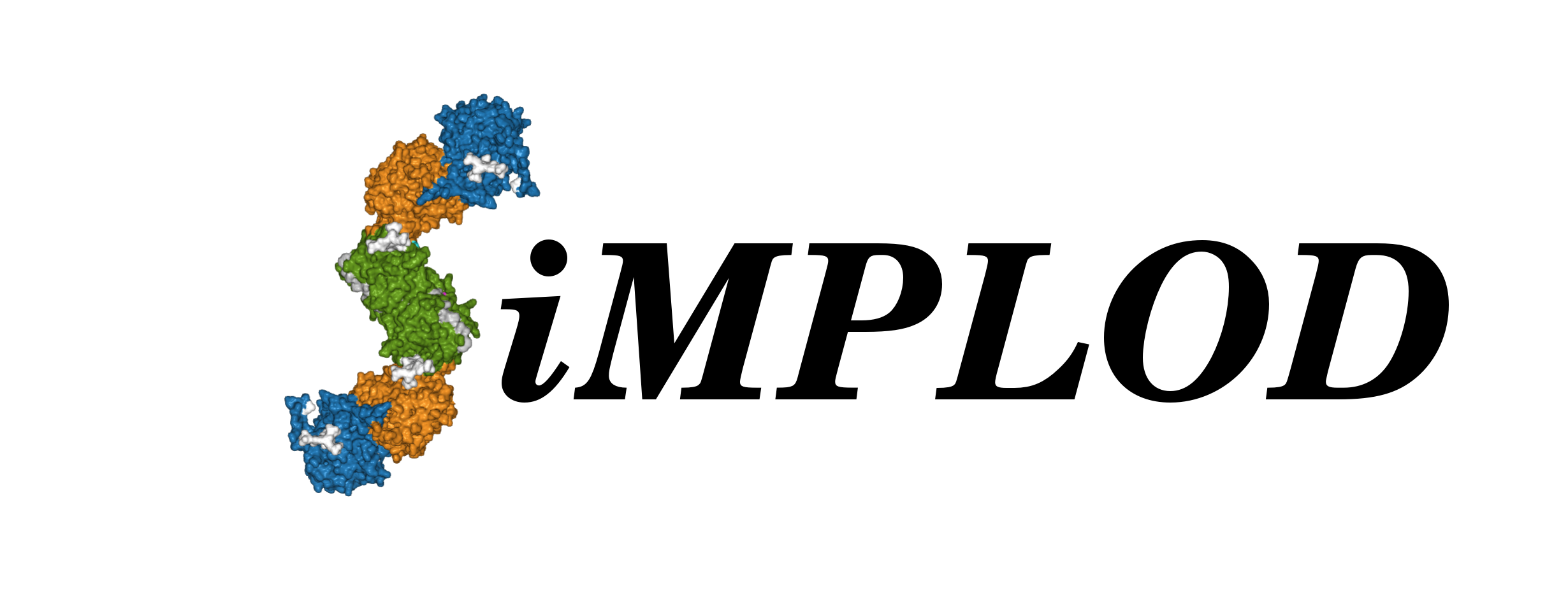 About
Contact
References
Structures
Adv. Search
Stats
Demo
About
Contact
References
Structures
Adv. Search
Stats
Demo
| LH1 ALA667THR | ||
| SiMPLOD ID |
SiMPLOD1-13 | |
| Isoenzyme |
Lysyl Hydroxylase 1 (human) - UniProt - Full Info | |
| Nucleotide mutation |
PLOD1 NM_000302.2:c.1999G>A - NCBI RefSeq NCBI SNP: rs199730384 |
|
| Mutation type |
Pathogenic | |
| LOVD |
c.1999G>A | |
| Disease Phenotype |
Kyphoscoliotic Ehlers-Danlos Syndrome (Type VIa) Link1 Link2 | |
| Clinical Databases |
OMIM: 225400 Orphanet: ORPHA:1900 ICD-10: Q79.6 MeSH: C536198 | |
| Evidence at protein level |
This variant MAY EXIST at the protein level, although no experimental evidence is currently available to support its existence. | References |
Giunta et al., 2005 - DOI - PubMed | Notes from publications |
Giunta et al. studied 9 patients from 12 unrelated families identifying novel mutations causing Ehlers-Danlos syndrome (EDS VIA). Ala667 and His706Arg mutation are respectively caused by the transitions c.1890G>A and c.2008A>G (c.2117A>G). The authors show that both aminoacids are highly conserved between the three human isoforms (PLOD1, PLOD2, and PLOD3) and across several species (bovine, mouse, rat, chicken, xenopus, fruit fly and C. elegans). The analysis of a control population further identify these mutations as the only responsible for impaired lysyl hydroxylase activity in the two patients under investigation. |
| Last Update |
2021-06-23 08:38:51 | |
|
The three-dimensional visualization is currently based on the homology model of full-length, dimeric human LH1 (generated using the crystal structure of full-length human LH3 as template). You may select a different PDB model file to visualize the mutation(s) using the drop-down menu below (page will refresh): |
||
Thank you for using SiMPLOD - Created by Fornerislab@UniPV Follow @Fornerislab - Last curated update: 1970-01-01 00:00:00
We truly hate messages and disclaimers about cookies and tracking of personal info. But don't worry, we don't use any.